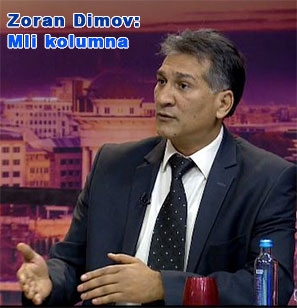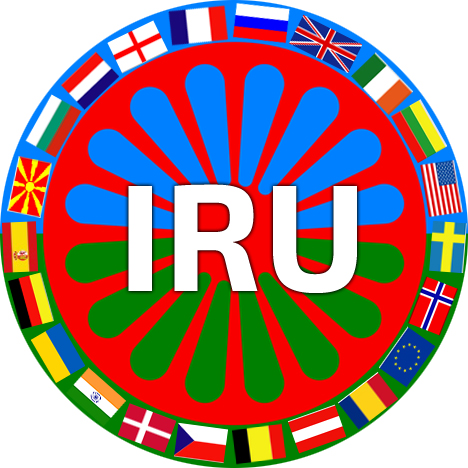
Genocide of the Roma in the Third Reich
At the time of the announcement of the first measures against the Roma and Sinti in Nazi Germany, anti-Gypsies, like anti-Semitism, existed for a long time in the Third Reich and in many other European countries.
In various matters of the genocide of the Roma, after the narration of the Holocaust, the authors often begin only from this term, to explain the motivation of the most recent, most frightening act accomplished by the Nazis.
The key to Roma was exactly the same in 1936, when the Institute for the Study of Pure Rational Nation was established. In July 1936, on the eve of the Olympic Games, the hunt for Roma in Berlin began. About 600 of them were thrown out of their houses and expelled on the periphery, and then collected in a camp in Markan.
At the same time, about 500 Roma from Bavaria were sent to Dachau for retraining and "possible sterilization".
From the research, Dr. Ritter and his assistant Eva Justin, conducted at the Markan camp and other places for the Roma, Himmler announced the key decree - the racist concept of future policy towards Roma - with the most important conclusions. Thus, on December 8, 1938, he issued a circular letter on the fight against the "Gypsy Dangers". "Mishing" or "dirty" Roma, who, according to Ritter, were over 90 percent of the overall Romani population in Germany, were in the spotlight. By registering all Roma, the Germans are forbidden to marry them, and a special law on the Roma is proposed, which will regulate their position in the German environment. For the first time, the expression "a final solution to the Gypsy question" appeared.








